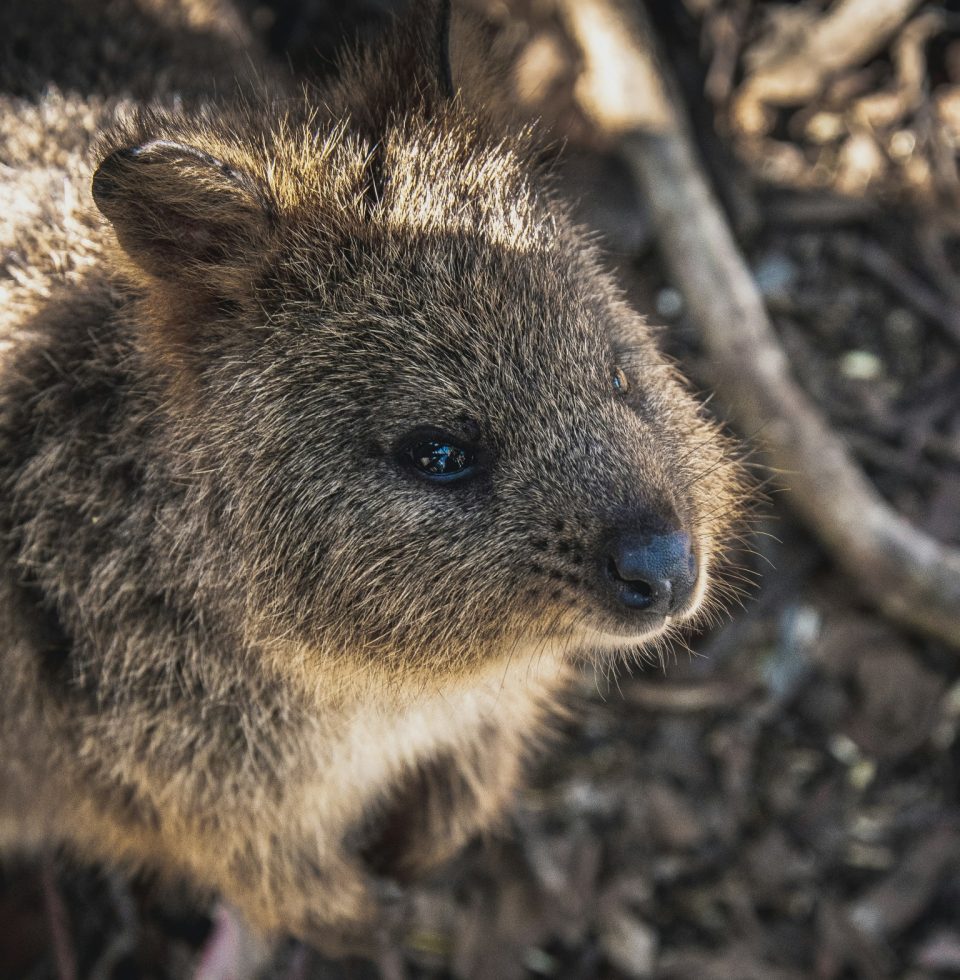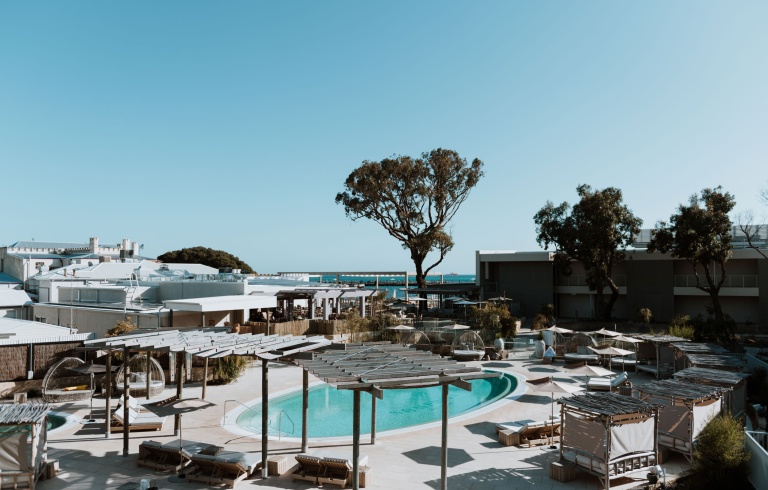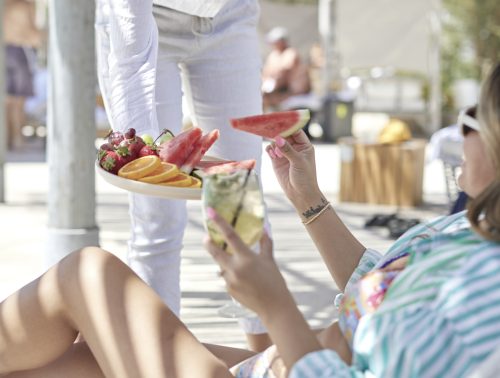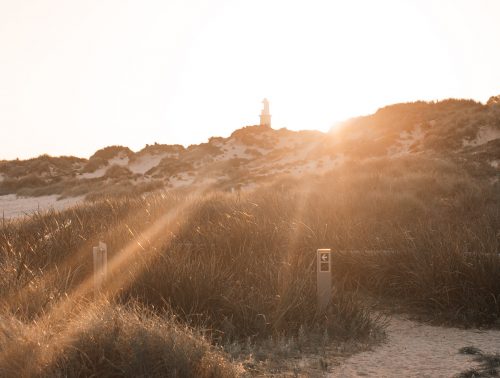Learn about the furry friends of Rottnest Island

Besides the beaches, bays, and laid-back island lifestyle, there’s one big drawcard that brings people to Rottnest Island: its natural inhabitants, the quokkas.
This famous little creature isn’t found anywhere else in the world. Unique to Western Australia, Rottnest Island is lucky to have their largest population, which is part of what makes them so special.
But there’s more to our resident quokkas than initially meets the eye. So the next time you’re planning to visit Rottnest Island, we’re going to help you out with a little homework, and have prepared all the information you need to know about quokkas.
What are quokkas?
In 1658 Dutch explorers were the first European voyagers to see quokkas. And at first glance, they thought they were a species of giant rat, so they named the island ‘rat’s nest’—a term that forever stuck, and we still use today.
But it was far from the truth.
The name, quokka, isn’t Dutch, and is derived from the Noongar name, ‘kwoka.’ Rather than a rat, quokkas are a type of marsupial, in the same family as kangaroos—they’re a small type of wallaby, in fact, and as marsupials, they grow and carry their young in pouches.
Quokkas are herbivores, and they feast on the native plants, leaves, and seeds that they forage on the island.
During the day, they tend to spend their time lounging around in shade under bushes and trees. But quokkas are nocturnal creatures, meaning they mostly come out at night. They’re much more active at dusk, during the night, and in the early morning.
Unlike kangaroos and wallabies, however, quokkas can climb trees. It’s not something you see very often, so it’s definitely a sight to behold.
Where is the best place to see quokkas?
There are thousands of quokkas all across the island, but the best place to see them is near the main settlement, particularly around the grassed areas.
Colebatch Avenue, the footpath that leads up to Hotel Rottnest, is usually a well-populated area. It’s a particularly good spot, as you can spend the afternoon enjoying a relaxing meal and drink, while watching these little residents lazily make their way around the pub with little care for those around them.
Outside of the main settlement, you’ll also see them further out around the island, in their natural habitat. But for your sake and theirs, don’t chase them, or follow them into the bushes. Let them be – it ensures they don’t feel scared or threatened.
The best time to see quokkas
While the busiest time for travelling to the island is during the warmer months, the best time for quokka spotting is actually during the cooler times.
While the weather may be cooler, it’s a more unique time to visit the island. There are fewer crowds—a big reason why the quokkas are more prevalent—and you get the chance to warm up in front of a fire, and see a different side of the island.
Another reason it’s the best time is that quokkas give birth in late summer. They keep their joeys in their pouches until August and September, when they start to take their first hopping steps in the world. Discover the beauty of Rottnest in Winter.
The big question: are quokkas really the world’s happiest animal?
Quokkas have been labelled the world’s happiest animal due to the little smile that always seems to be on their faces.
While it’s actually just the shape of their face, we think that there’s actually something to this title. They live on an island with no natural predators, and the constant entertainment of excited tourists. So while it may not be technically correct, it’s probably not far off.
How to safely interact with quokkas on Rottnest Island
As cute and cuddly as quokkas look, they’re a vulnerable species. It’s crucial that we protect them to ensure they don’t become endangered.
Here’s how to safely enjoy the company of quokkas.
Don’t touch the quokkas
This is one of the first things you learn about the quokkas on Rottnest Island: don’t touch them.
Touching them has the potential to transfer human-borne diseases, which can make them sick and spread to the rest of the population.
It can also impart your scent onto them. Carrying unfamiliar scents makes other quokkas avoid them, which is particularly damaging if it’s a parent.
So just watch them from a safe distance of a couple of metres. If one does approach you, stay still, watch it, and simply enjoy the experience.
Don’t feed the quokkas
It’s illegal to feed quokkas, as human food can make them sick. They don’t need it, either: they get all their nutrition from food they forage themselves.
Quokkas are naturally curious creatures, so you don’t have to offer them food to make them come towards you. They’ll do it in their own time.
Be respectful
When you step foot on Rottnest Island, you’re entering their territory, so be respectful.
Don’t chase quokkas, don’t interfere with their natural habitat, and don’t try to scare them away. Give them space, and let them enjoy their home.
You can find quokkas right on your doorstep
Samphire Rottnest is located in the heart of the settlement, meaning we regularly get quokkas visiting our doorstep, particularly along McCallum Avenue and Parker Point Road.
So come quokka spotting with us. Book a room at Samphire Rottnest, and when you’re here, speak with our friendly front desk staff who can advise their favourite places to see quokkas that may be away from the crowds—which makes it all the more special.



